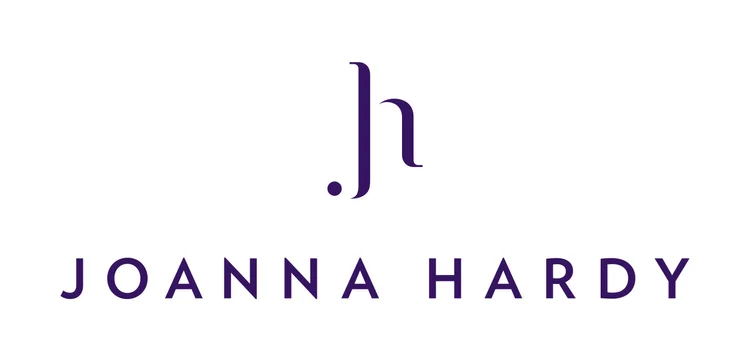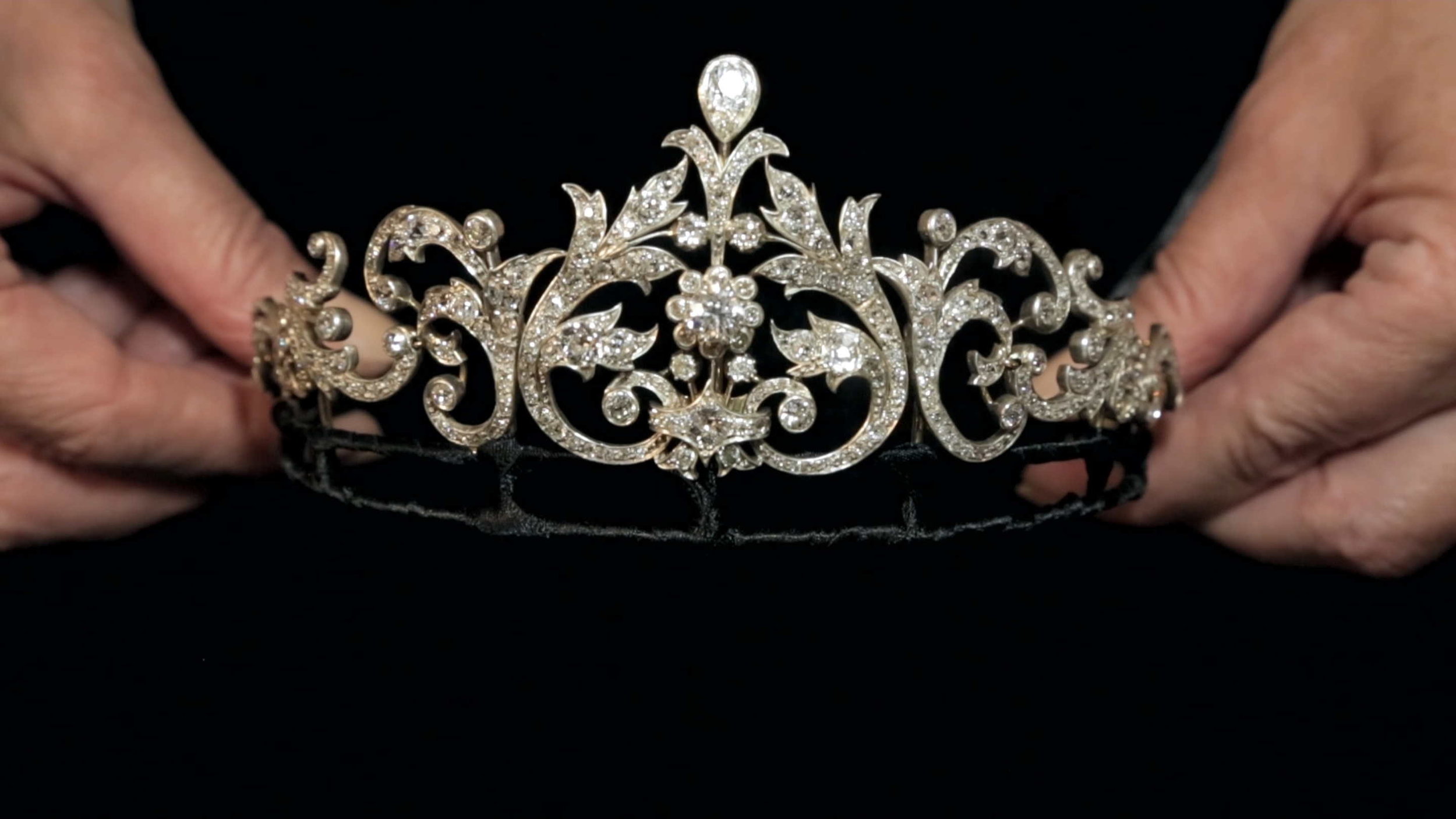Jewels and Joy: Understanding the Royal Wedding Jewellery
Watched by millions across the world, the wedding of the new Duke and Duchess of Sussex was probably the television highlight of the year. Coincidentally, it was also the biggest jewellery shock of the year. With the Queen’s kind gift, Meghan wore a tiara that dazzled, but bemused, even the most seasoned of jewellery specialists. Yet, her tiara choice makes complete sense when understood in relation to the Queen’s choice of jewellery for the day. Here, we unravel the bejewelled story.
Meghan’s tiara and the Queen’s brooch were arguably the two most eye-catching jewels of the day and they also are they key to understanding Meghan’s jewellery choice. Both the tiara and the brooch originally belonged to Queen Mary, the Queen’s grandmother, who bequeathed these two jewels to the Queen in 1953. Queen Mary’s jewellery represents some of the finest jewels in the Royal Collection; though she received many of these jewels as gifts, she injected her own sense of style into every piece, enjoying altering and redesigning her jewellery and layering multiple jewels at one time to create a dazzling impression. Queen Mary really knew how to wear jewellery!
Queen Mary passed this understanding and appreciation of jewellery to her granddaughter. Though Queen Elizabeth II is more restrained in the number of jewels she wears at once, she talks fondly of her grandmother’s extravagant jewellery use, referring to the sizeable Cullinan III and IV diamonds (cut from the large Cullinan rough diamond) set in a brooch as ‘Granny’s chips’.
The Queen often wears jewels previously worn or adapted by Queen Mary and her loan of Queen Mary’s tiara to Meghan, whilst wearing another of Queen Mary’s jewels herself, sent a message to the world that Meghan has been accepted into the family. The tiara could also conveniently act as the bride’s ‘something borrowed’!
As with many of Queen Mary’s jewels, including the Richmond Diamond brooch worn by the Queen at the wedding, the tiara is adaptable. The central floral motif is a brooch with ten cushion-shaped diamonds that was given to the then Princess Mary on the occasion of her marriage to Prince George, Duke of York, in 1893 by the County of Lincoln. Always looking for ways to adapt her jewellery collection, Queen Mary commissioned a bandeau tiara to allow her to wear the brooch in a different way. The tiara was completed in 1932 and features a space at the front specifically for the brooch. The bandeau is made of platinum and diamonds and uses eleven connected sections to carefully curve around the wearer’s head. The delicate design of the metalwork includes pierced shapes resembling lace, decorated with pavé-set large and small circular-cut diamonds. The fine craftsmanship and intricate design allowed the diamonds to dazzle in the sun on Meghan and Harry’s carriage journey through Windsor.
The Queen also dazzled with her impressive brooch as she entered St. George’s Chapel. Known as the Richmond Diamond brooch, the jewel was another wedding present to Princess Mary, gifted to her by the people of Richmond. The scrolling design of the brooch is created in silver and gold and set with many circular-cut diamonds. At its centre sits a pearl and an additional drop-shaped pearl can hang from the brooch. Queen Mary’s love of versatility is again evident in this brooch, as more pendent pearls can be attached and it she supposedly wore the jewel not only as a brooch, but also as a hair ornament, a necklace pendant and as an attachment to the Cambridge Lover’s Knot tiara. At Meghan and Harry’s wedding, the Queen chose to wear the brooch without the pendent pearl.
The appearance of these jewels at the royal wedding demonstrates the considerable influence the Queen has in choosing the right jewels to match the occasion. Both wedding gifts to Queen Mary, the tiara, with its centre brooch, and the Richmond brooch bring the gravitas, sentiment and tradition of royal weddings to the present day. At the wedding, the whole world, not only Meghan, understood the unity and strength of the family she has entered. The jewels themselves reveal and symbolise the connected and intimate nature of one of the world’s most watched families.



